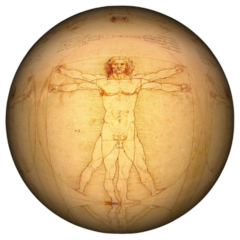Tutankhamun’s DNA was tested. Scholars thought he had some genetic diseases due to inbreeding. Some felt he had Marfan syndrome just like Akhenaton, his father.
He was 5.7 feet tall though. Some researchers thought both had adiposogenital syndrome and gynecomastia. However, those affected with the adiposogenital syndrome had low chances to conceive.
Some scholars thought Tutankhamun and Akhenaton had Klinefelter syndrome but again he was 5.7 feet tall. Some thought he had sickle cell disease, but this offers protection for malaria, and researchers established he had four strains of malaria.
His DNA revealed he had E1b1a haplogroup which occurs in Sub-Saharan Africa while others considered he had haplogroup R1b1a, which is shown in more than half of European men. Some feel his art depictions are not accurate.
The ancient Egyptians thought Ba and Ka need to reunite to form the Akh and this was only possible if the funeral rites were performed correctly, so the art depictions needed to be accurate.
The ancient Egyptians thought Ba and Ka need to reunite to form the Akh and this was only possible if the funeral rites were performed correctly, and this process was of utmost importance to them.
Further reading and suggested videos :
Ba And Ka: The Human Soul in Ancient Egypt – KingTutOne.com
Half of European men share King Tut’s DNA
Tutankhamen ‘killed by sickle-cell disease’
Do you like this topic? Find out more!

